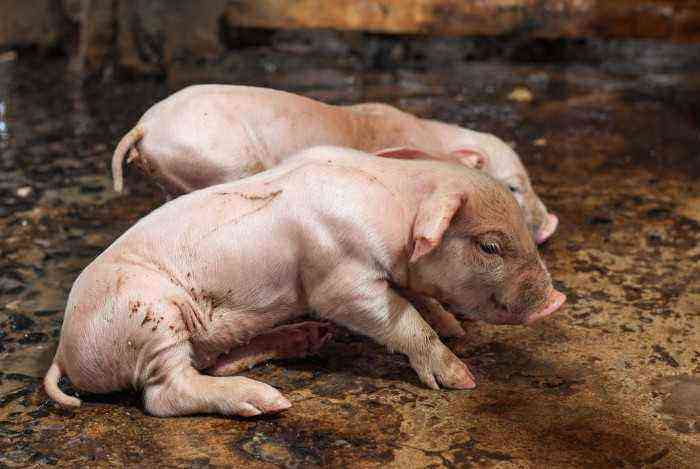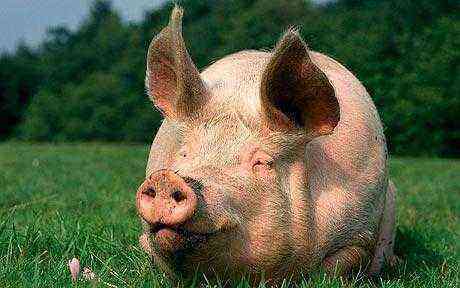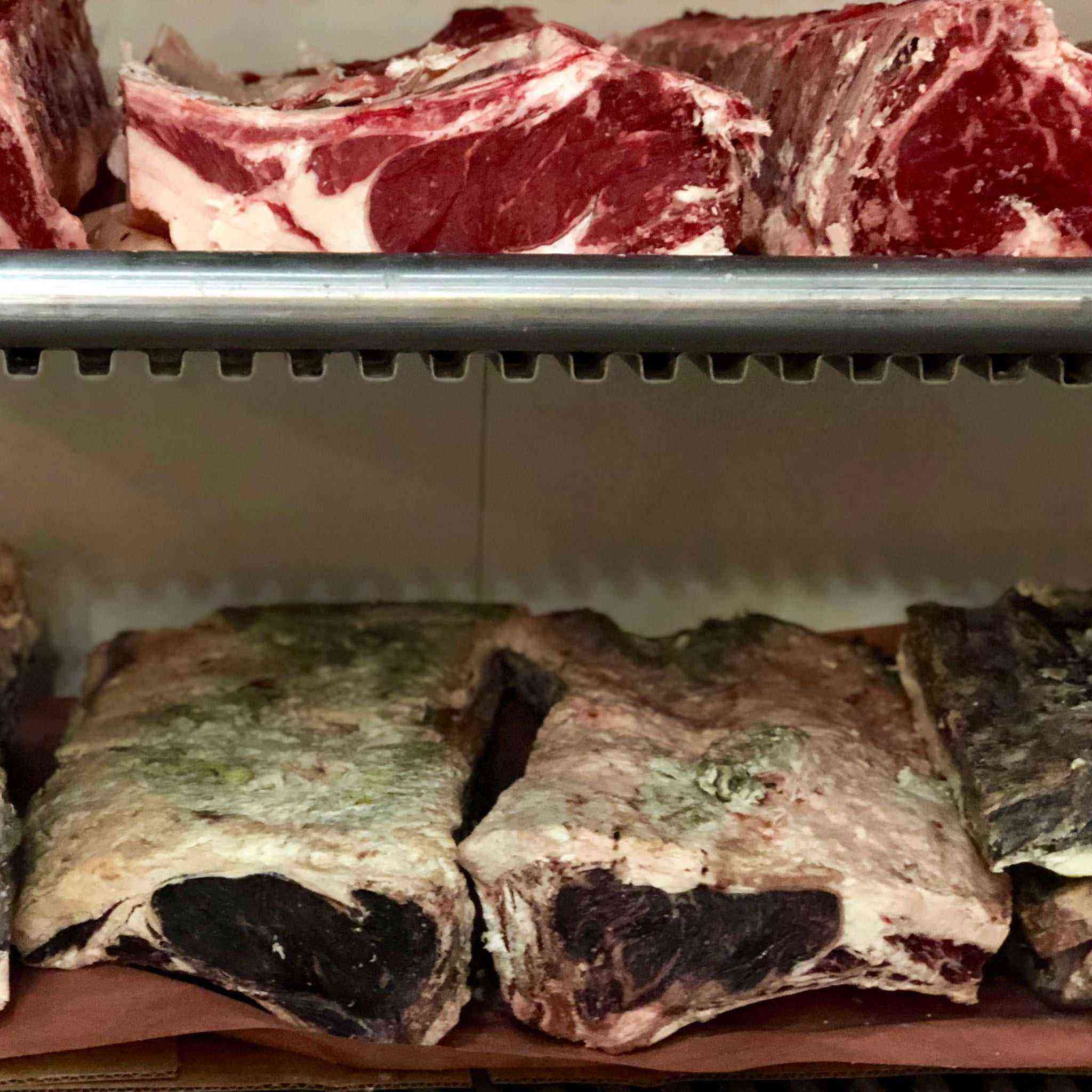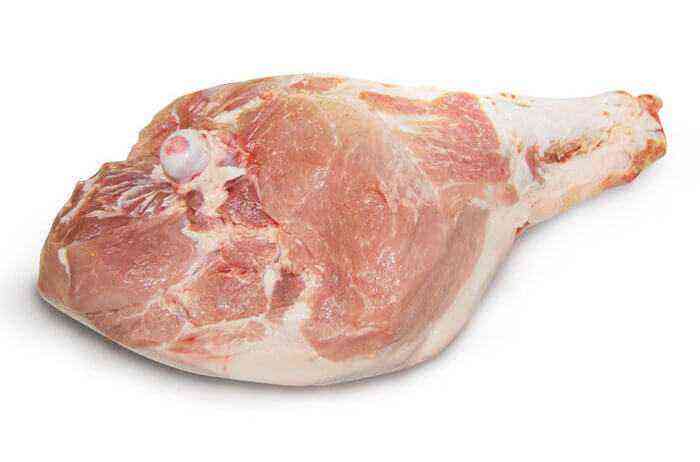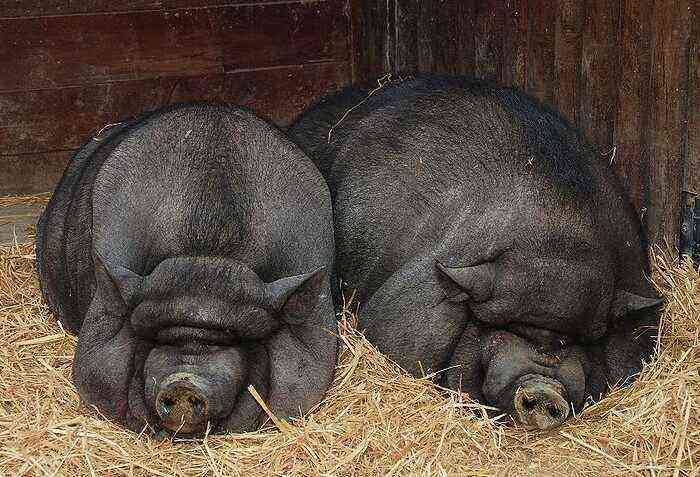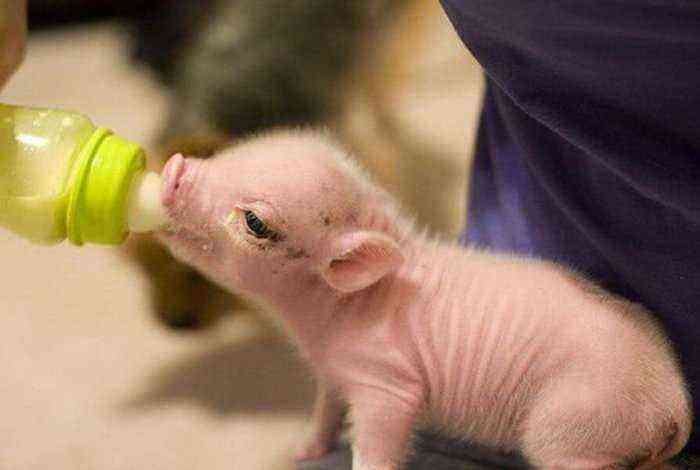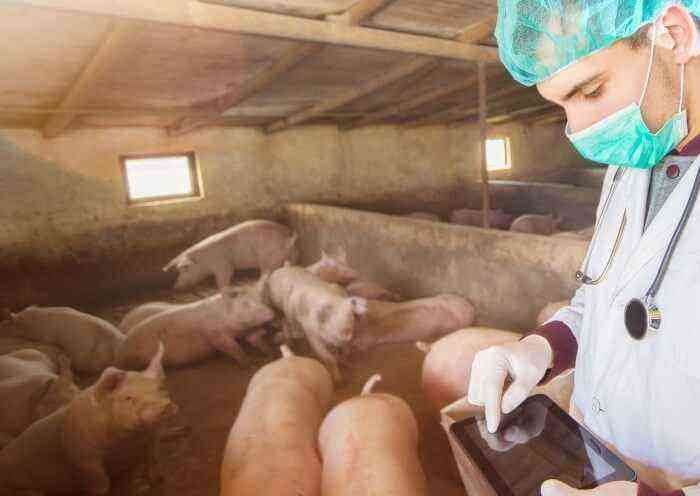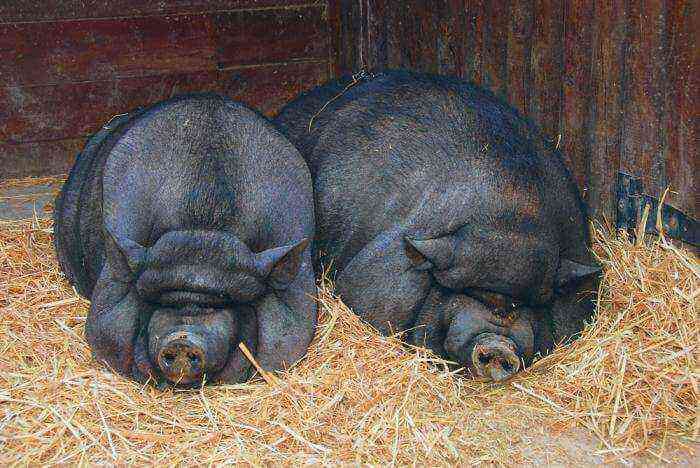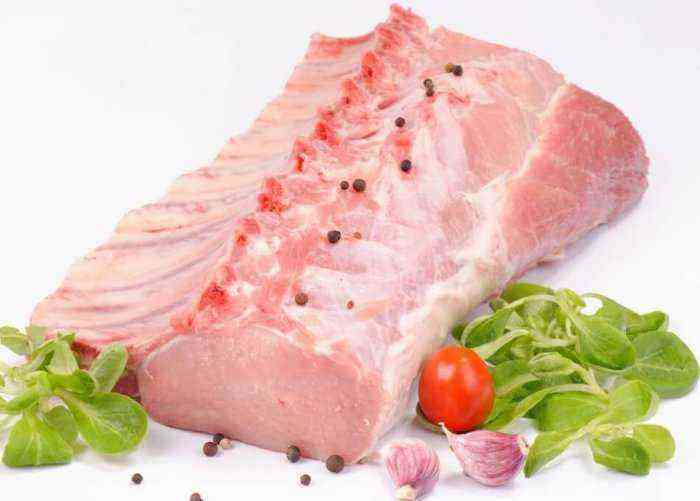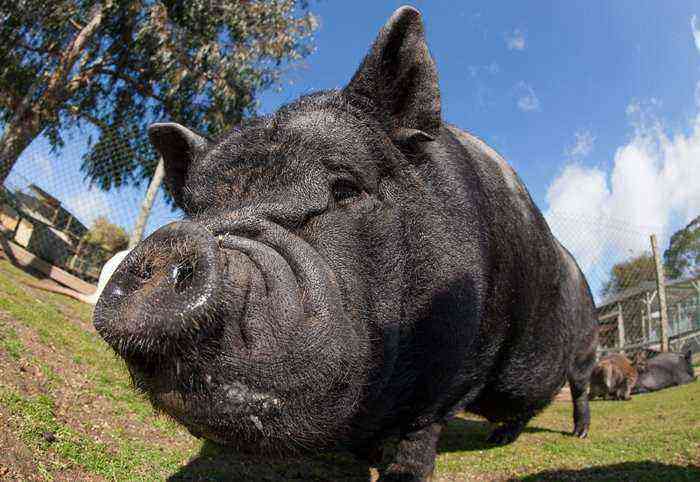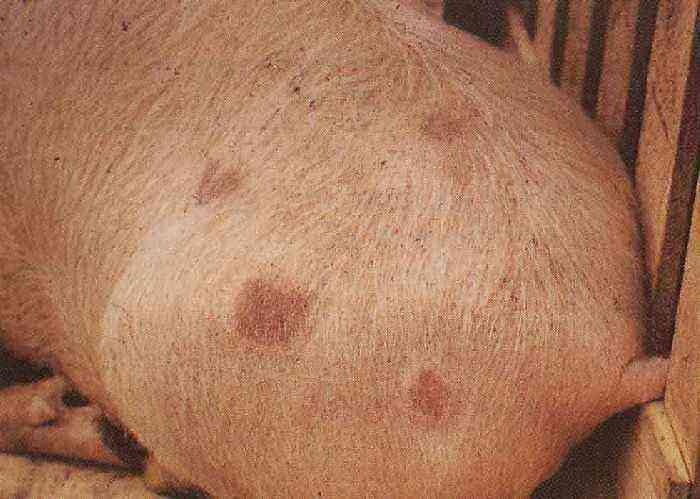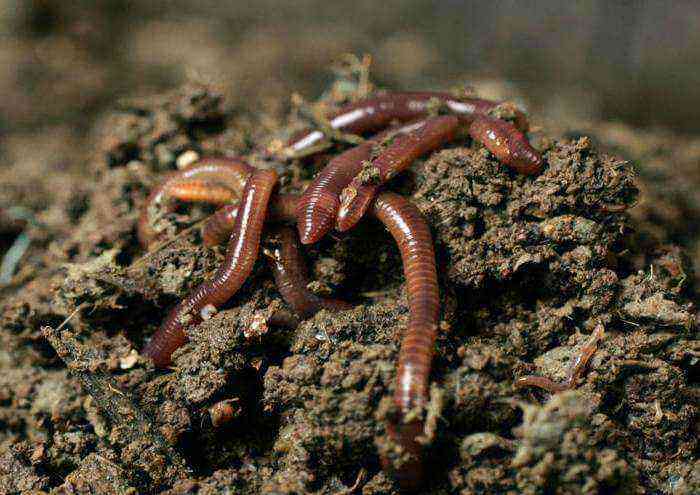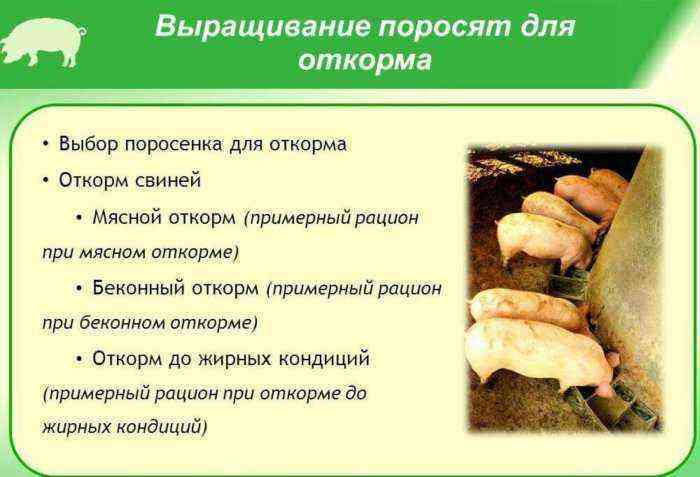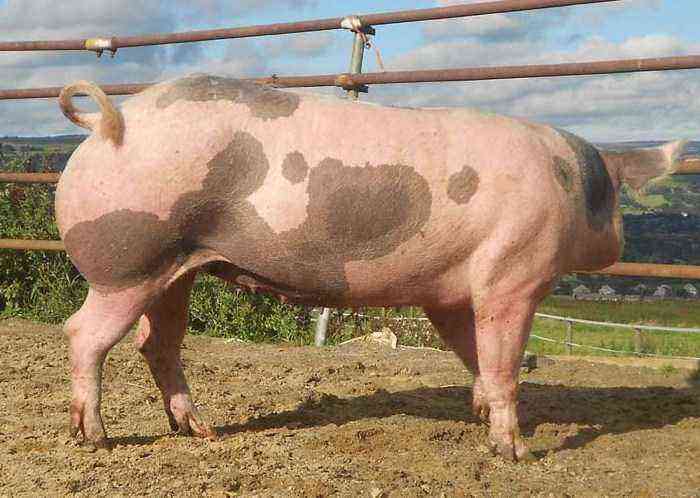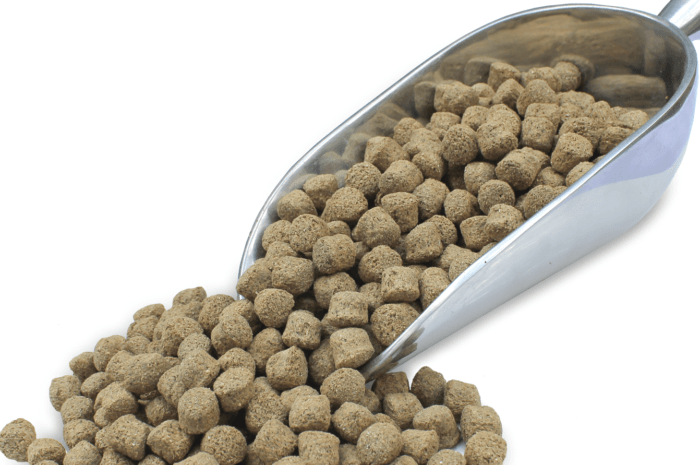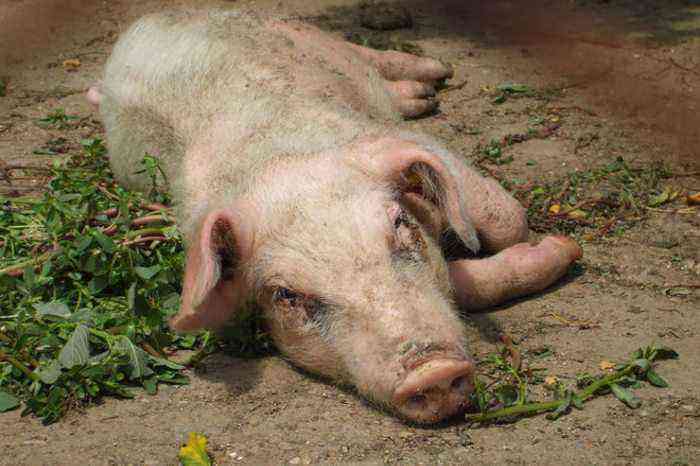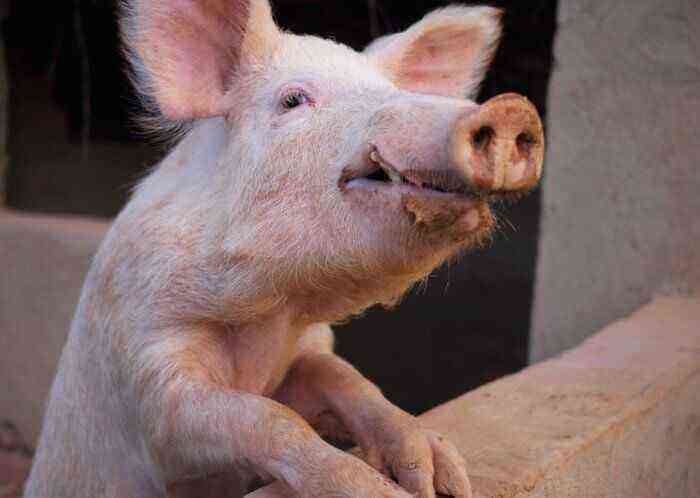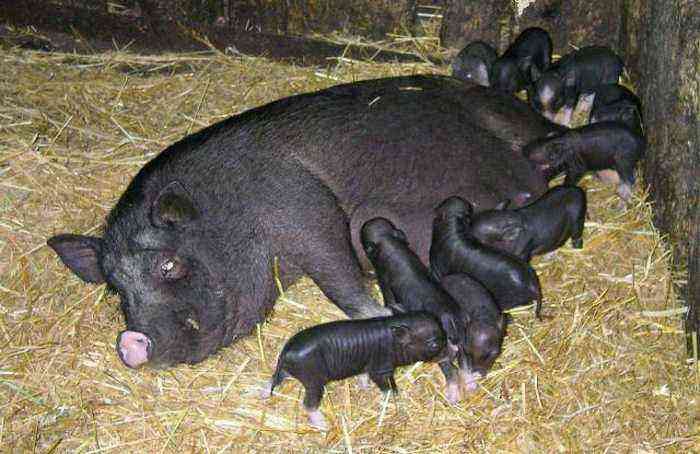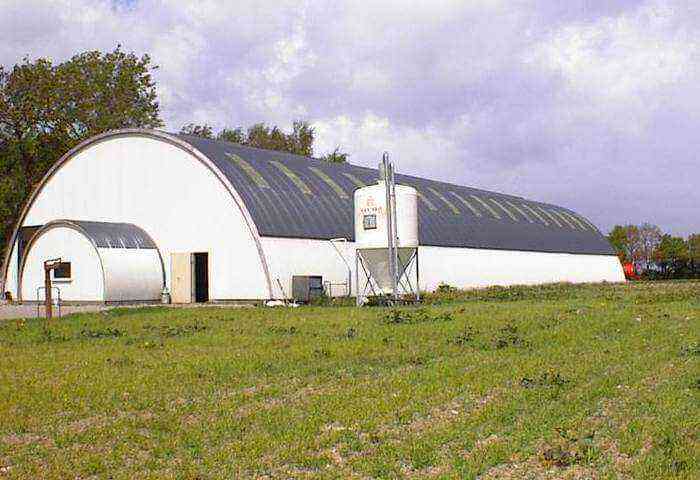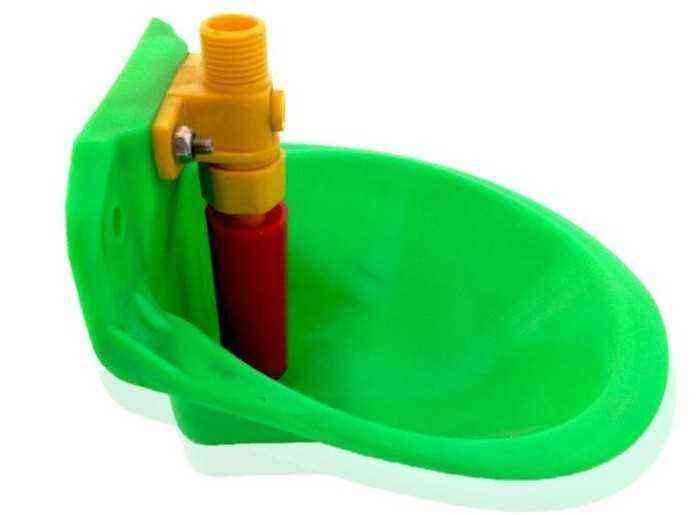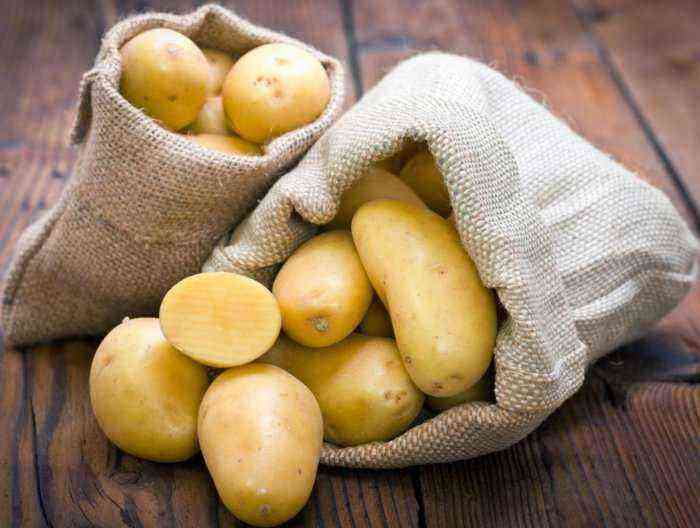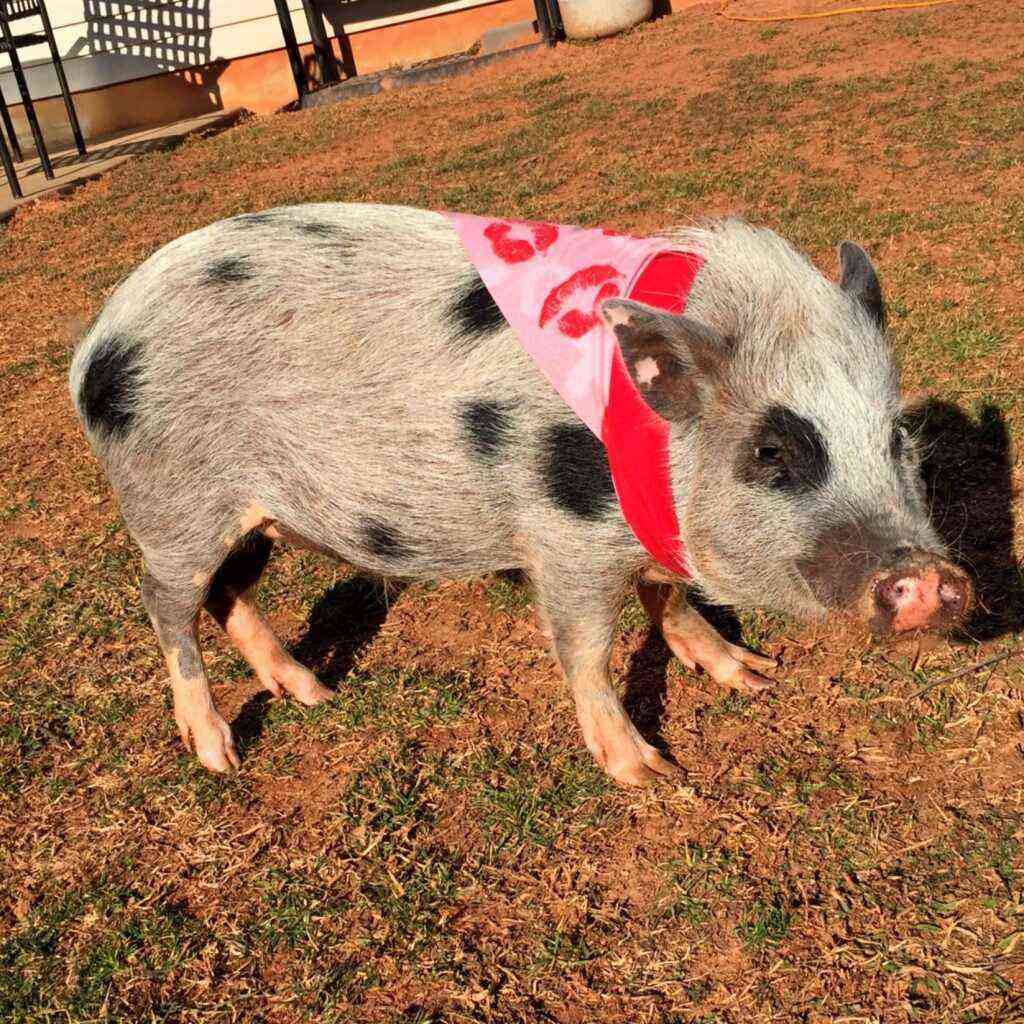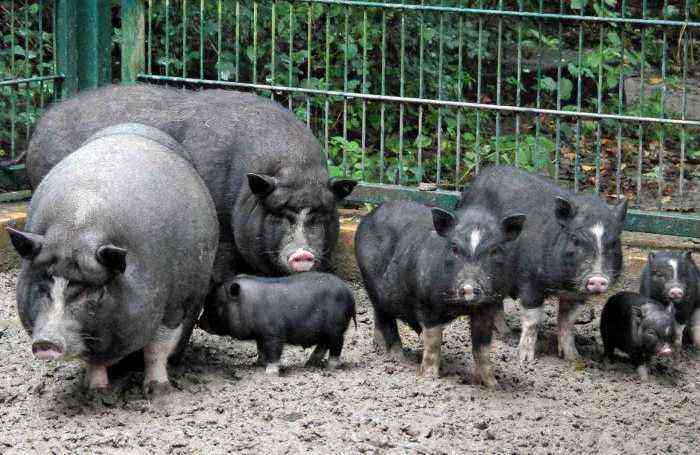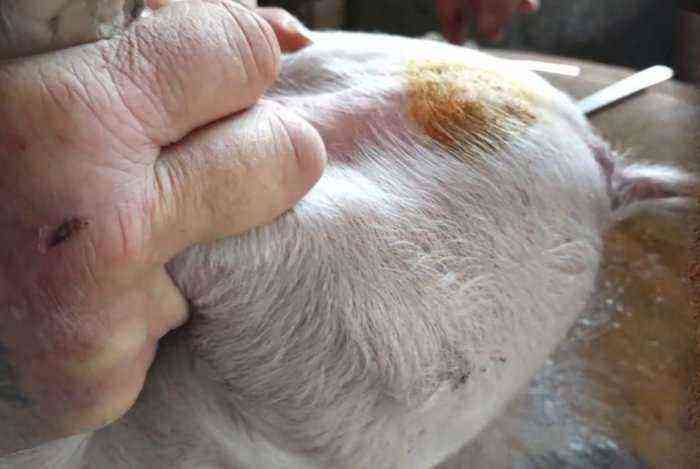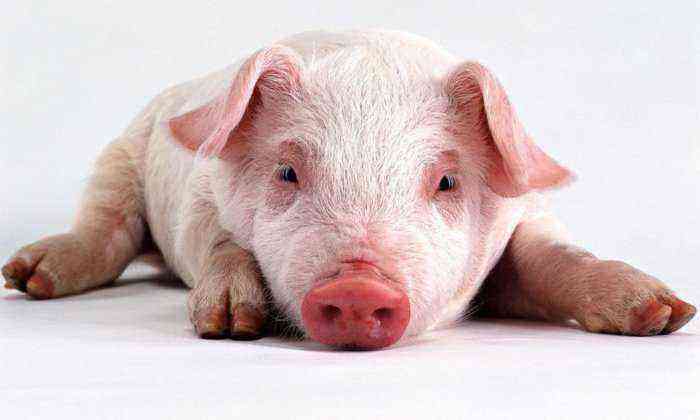In the first days of life, piglets’ mother’s milk and colostrum is the only food from which the young body receives all the necessary nutrients. In the first months of life, a high intensity of growth of piglets is ensured. The live weight of newborns in 7 days increases by 2 times and for 1 kg of body weight in the first 10-20 days after birth, 8-16 g of protein is deposited per day (in adults – 0,3-0,4 g), 0,85 g calcium and 0,45 g of phosphorus (in adults – 0,2 and 0,12 g). Given this, it is difficult to overestimate the importance of mother’s milk and colostrum for the normal development of piglets.
During the lactation period, lactating sows produce an average of 250-300 kg, uterus with high milk yield – up to 500-700 kg of milk, and about 55-70% of it comes in the first period of suction. Milk production in sows is quite uneven: the highest milk production occurs in the 2nd and 3rd weeks of lactation. The maximum daily milk yield at this time reaches 7-9 kg, while on average, pigs give 4,2-5,5 kg per day of the suckling period, and 1,5-3 kg of milk at the end of the suckling period. The total milk yield for the 2nd and 3rd weeks ranges from 50,5-66,8 kg, and in the last week of lactation it is 15-25 kg. In connection with the change in the milk productivity of the queens, the amount of milk received by the piglets fluctuates. In the first decade of the lactation period, piglets receive 500-600 g per day, in the second – about 600-700 g, and on average per day for lactation – 500-550 g of milk.
In general, during the period of suction, about 30-40 kg of mother’s milk is consumed per piglet. With a weaned weight of 16-17 kg per 1 kg of growth of piglets up to 2 months of age, there is from 2 to 2,9 kg of milk. Of this amount, up to 70% is spent on growth in the first 30 days of the lactation period.
From mother’s milk, piglets receive up to 1 g of proteins per 10,6 kg of body weight per day in the first decade, about 5,6 g in the fourth, and up to 1,8 g at the end of lactation, i.e., by weaning, the piglet receives protein in milk per 1 kg of live weight is 6 times less than in the first days. life. The same pattern is observed in relation to other components of milk. Thus, the nutrients present in sow’s milk provide the needs of piglets only in the first days of their life. The sooner the piglet begins to eat top dressing, the sooner it will make up for the lack of mother’s milk and its subsequent growth will be more vigorous.
The udder massage has a positive effect on the milk production of the queens. To increase the milk productivity of adult queens, udder massage should be carried out in the second half of gestation, in replacement pigs intended for reproduction, 1-1,5 months before mating.
Massage is carried out once a day, in the morning, after feeding, for 10 minutes. The pig must be laid down, go behind its back and rub the right and left half of the udder in turn with the entire surface of the palm forward and back. During the massage, mainly teats and udder skin are rubbed. This is the so-called surface massage (the first way). With deep massage (second method), you need to put the ends of the fingers “in the form of a bell” on the udder around the nipple, without touching the nipple, and at the same time, with circular movements of the fingers, begin to rub the deep layers of the mammary gland located under the skin. This is how each udder teat is processed in turn.
